On Location
Revisiting ‘Contact’ – a Tribute to Carl Sagan
Contact (1997) is one of my favourite films ever and, from the day that I watched it (2 November 1997), it has affected me profoundly and in many ways. Beyond its cinematic, technical and artistic brilliance, Contact poses some of the most fundamentally important questions ever asked by humanity. It does so in a way that inspires, stimulates and challenges – reminding us that sometimes asking the question is more important than giving the answer.
This photo-essay features original images taken in, or near, some of the filming locations for Contact during two trips to the United States in 2011 (Very Large Arrey, NM; Mojave Desert, CA; Grand Canyon, AZ) and back in 2004 (Kennedy Space Center and Cape Canaveral, FL). Not all of the filming locations are featured here: some scenes were shot in Arecibo (Puerto Rico), in Virginia, in Washington D.C. and of course in various studios, soundstages and lots of blue screens. Visiting the VLA in New Mexico was a lifelong dream and it certainly proved to be one of the most awe-inspiring places and man-made artifacts that I’ve ever seen.
Contact is based on Carl Sagan’s book, vision and lifework. This online exhibition is a small tribute to his memory and work, which advanced our understanding of the universe and of ourselves, and continues to educate and inspire generations of human beings around the globe.
1. Awful Waste of Space
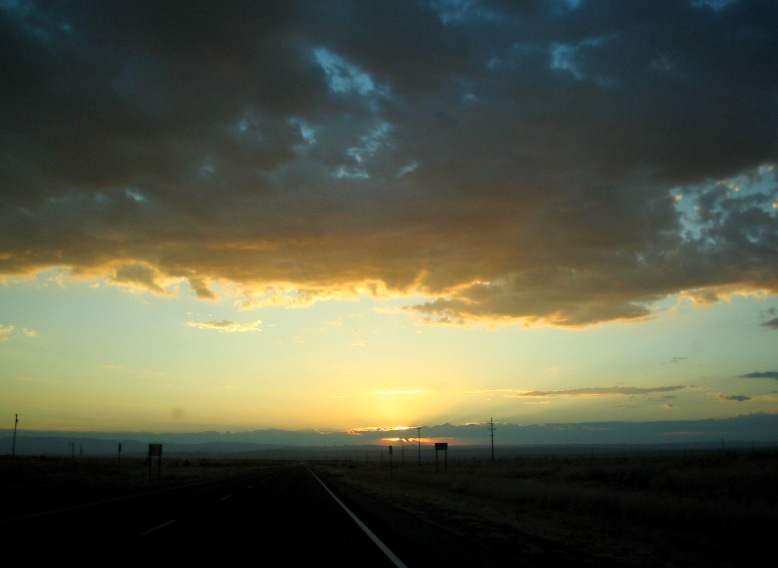 On the way to the VLA: This photo was taken near Socorro, New Mexico, in the evening before visiting the Very Large Array. The colours of the clouds and the beauty of the landscape reminded me of some of the impressions of space showcased in the movie, which are based on Carl Sagan’s research and vision of our universe.
On the way to the VLA: This photo was taken near Socorro, New Mexico, in the evening before visiting the Very Large Array. The colours of the clouds and the beauty of the landscape reminded me of some of the impressions of space showcased in the movie, which are based on Carl Sagan’s research and vision of our universe.
ELLIE: “There are four hundred billion stars out there, just in our galaxy alone. If only one out of a million of those had planets, and if just one out of a million of those had life, and if just one out of a million of those had intelligent life, there would be literally millions of civilizations out there”.
PALMER JOSS: “Well if there wasn’t, it’d be an awful waste of space”.
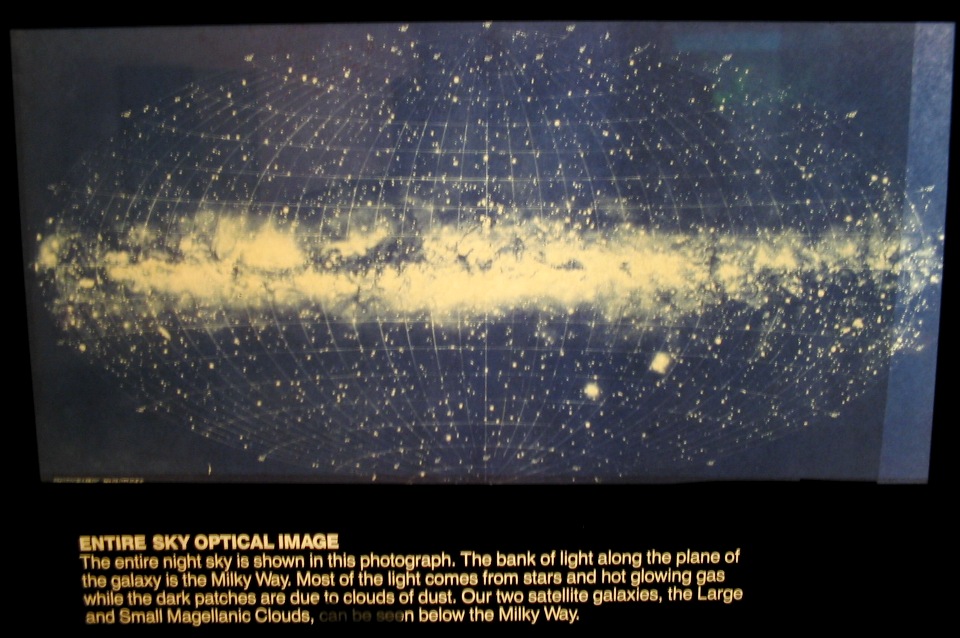 Beautiful optical image of the night sky which can be seen inside the Visitor Center at the VLA.
Beautiful optical image of the night sky which can be seen inside the Visitor Center at the VLA.
2. The Message
“As long as there have been humans, we have searched for our place in the Cosmos. In the childhood of our species (when our ancestors gazed a little idly at the stars), among the Ionian scientists of ancient Greece, and in our own age, we have been transfixed by this question: Where are we? Who are we?” [Carl Sagan, Cosmos, p. 159].
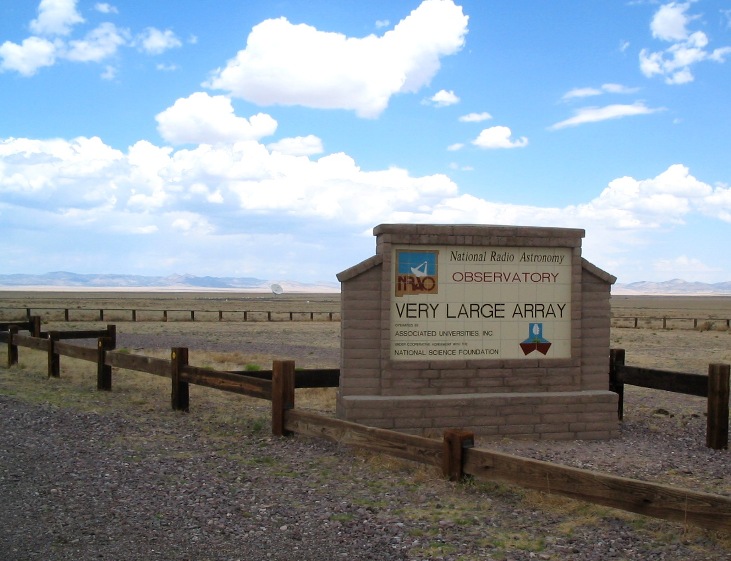 The Very Large Array (VLA) – a radio astronomy observatory located on the plains of San Augustin in New Mexico, west of Socorro, between the towns of Magdalena and Datil. Contrary to what is shown in the film, the VLA is not used as part of the Search for Extra-Terrestrial Intelligence (SETI) programme. The VLA consists of 27 dishes that together comprise a single radio telescope system – one of the largest in the world.
The Very Large Array (VLA) – a radio astronomy observatory located on the plains of San Augustin in New Mexico, west of Socorro, between the towns of Magdalena and Datil. Contrary to what is shown in the film, the VLA is not used as part of the Search for Extra-Terrestrial Intelligence (SETI) programme. The VLA consists of 27 dishes that together comprise a single radio telescope system – one of the largest in the world.
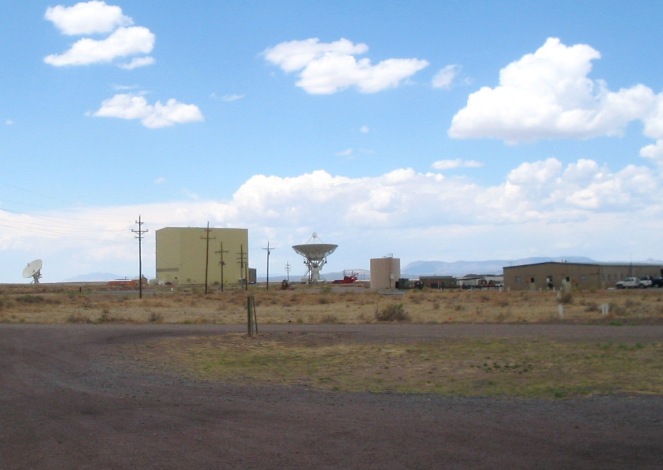 “The VLA has made key observations of black holes and protoplanetary disks around young stars, discovered magnetic filaments and traced complex gas motions at the Milky Way’s center, probed the Universe’s cosmological parameters, and provided new knowledge about the physical mechanisms that produce radio emission” (National Radio Astronomy Observatory website).
“The VLA has made key observations of black holes and protoplanetary disks around young stars, discovered magnetic filaments and traced complex gas motions at the Milky Way’s center, probed the Universe’s cosmological parameters, and provided new knowledge about the physical mechanisms that produce radio emission” (National Radio Astronomy Observatory website).
 The VLA served as one of the main filming locations for Contact. It is here that Ellie Arroway first traces the signal apparently transmitted from Vega.
The VLA served as one of the main filming locations for Contact. It is here that Ellie Arroway first traces the signal apparently transmitted from Vega.
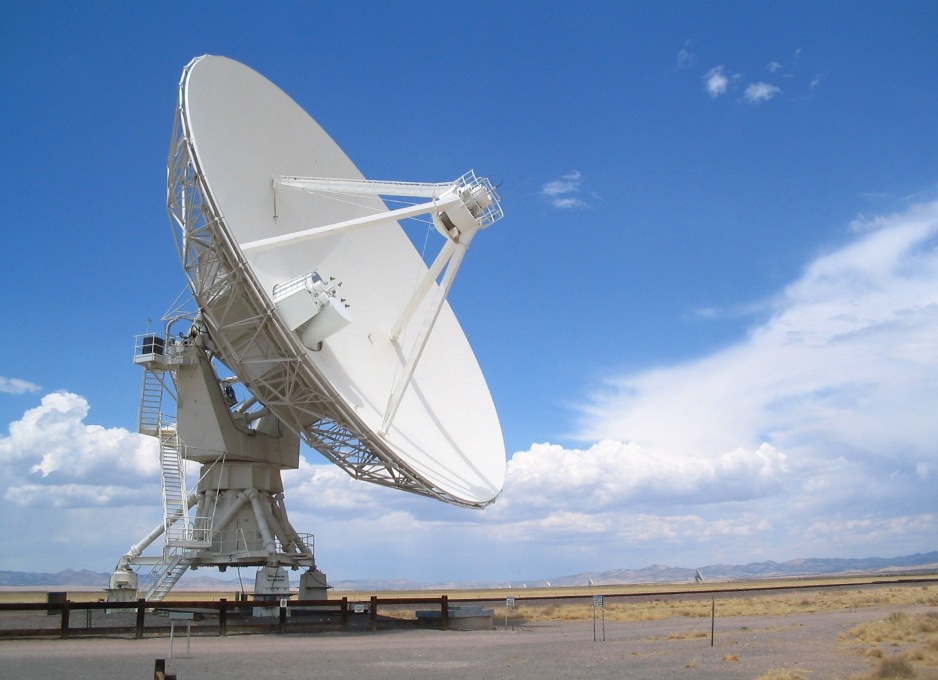 This is the so-called “Visitor Antenna” – which is accessible as part of the self-guided walking tour. The penultimate scene of Contact, with Ellie Arroway (Jodie Foster) talking to a group of schoolchildren (from nearby Magdalena, as it happens) was filmed at that exact spot.
This is the so-called “Visitor Antenna” – which is accessible as part of the self-guided walking tour. The penultimate scene of Contact, with Ellie Arroway (Jodie Foster) talking to a group of schoolchildren (from nearby Magdalena, as it happens) was filmed at that exact spot.
3. Science and Religion
“If the general picture of an expanding universe and a Big Bang is correct, we must then confront still more difficult questions. What were the conditions like at the time of the Big Bang? What happened before that? Was there a tiny universe, devoid of all matter, and then the matter suddenly created from nothing? How does that happen? In many cultures it is customary to answer that God created the universe out of nothing […] If we wish courageously to pursue this question, we must of course ask next where God comes from. And if we decide this to be unanswerable, why not save a step and decide that the origin of the universe is an unanswerable question. Or, if we say that God has always existed, why not save a step and conclude that the universe has always existed?” [Carl Sagan, Cosmos, p. 212].
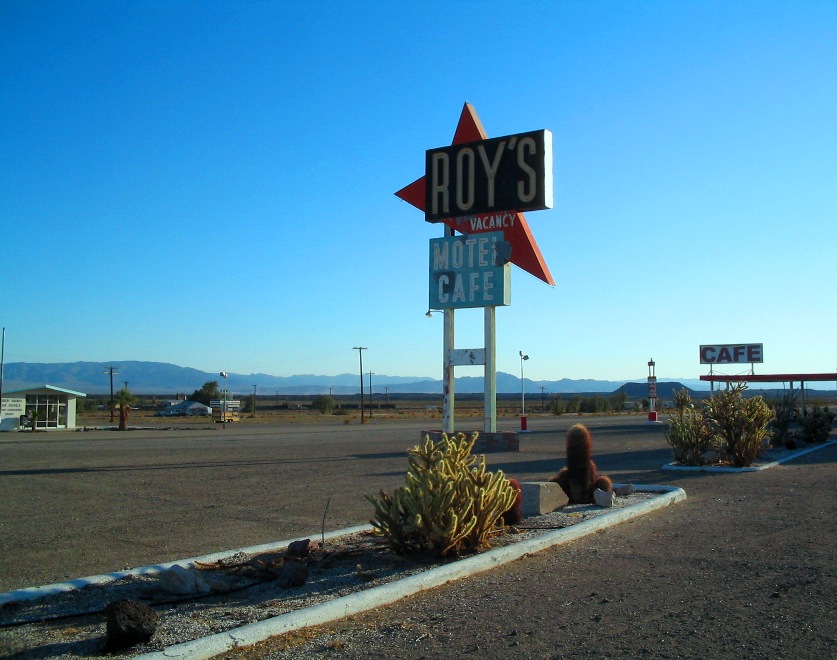 Roy’s Motel and Cafe – a derelict motel, cafe and petrol station on Route 66 in the town of Amboy in California’s Mojave Desert. The scene of large crowds gathering (and partying) around the VLA (“the best show in town”) was actually shot in the Mojave Desert with the antennas added digitally in the background.
Roy’s Motel and Cafe – a derelict motel, cafe and petrol station on Route 66 in the town of Amboy in California’s Mojave Desert. The scene of large crowds gathering (and partying) around the VLA (“the best show in town”) was actually shot in the Mojave Desert with the antennas added digitally in the background.
LARRY KING: “Are you anti-technology and anti-science?”
PALMER JOSS: “No, not at all. The question that I’m asking is this: Are we happier? As a human race? Is the world fundamentally a better place because of science and technology? We shop at home, we surf the Web… but at the same time we feel emptier, lonelier and more cut off from each other than any other time in human history.”
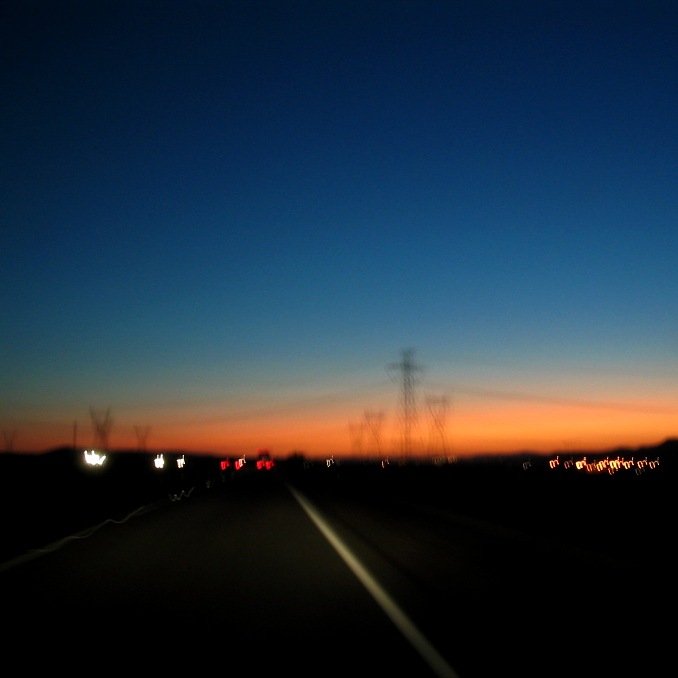 On the Interstate 40 near the Mojave Desert in California.
On the Interstate 40 near the Mojave Desert in California.
“Billions of years from now, there will be a last perfect day on Earth. Thereafter the Sun will slowly become red and distended, presiding over an Earth sweltering even at the poles. The Arctic and Antarctic icecaps will melt, flooding the coasts of the world. […] Solar evolution is inexorable. Eventually the oceans will boil, the atmosphere will evaporate away to space and a catastrophe of the most immense proportions imaginable will overtake our planet. In the meantime, human beings will almost certainly have evolved into something quite different” [Carl Sagan, Cosmos, p. 188].
4. Building the Machine; Test Run
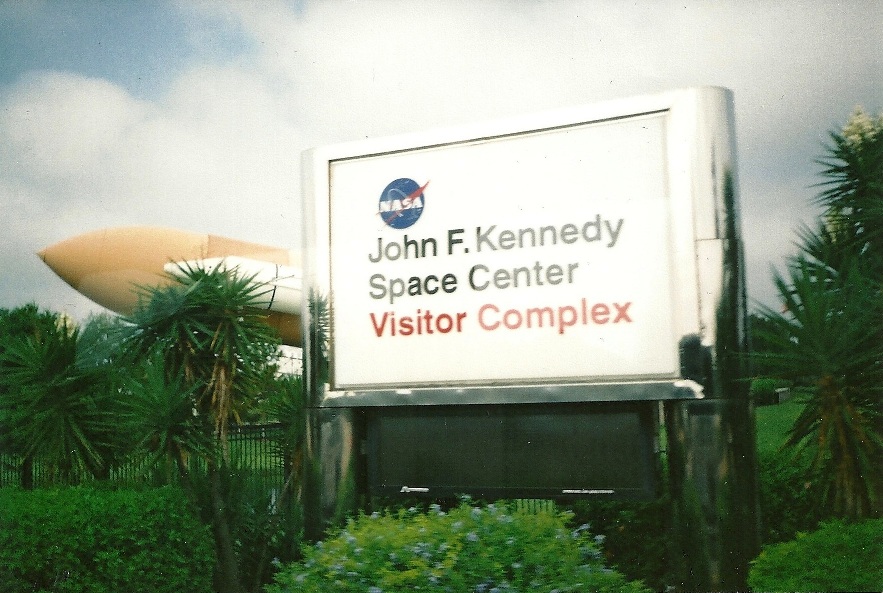 The John F. Kennedy Space Center (KSC) in Florida, which houses the construction of the machine in Contact.
The John F. Kennedy Space Center (KSC) in Florida, which houses the construction of the machine in Contact.
ELLIE: “Science fiction… You’re right… It’s crazy. Worse than that – it’s nuts. Well, you wanna hear something nutty? Two guys wanted to build a thing called an airplane. You know people go in it and fly like birds. Ridiculous right? And what about breaking the sound barrier or rockets to the moon, or atomic energy or a mission to Mars? Science fiction, right? All I’m asking is for you to just have the tiniest bit of vision. To step back for a minute and look at the big picture”.
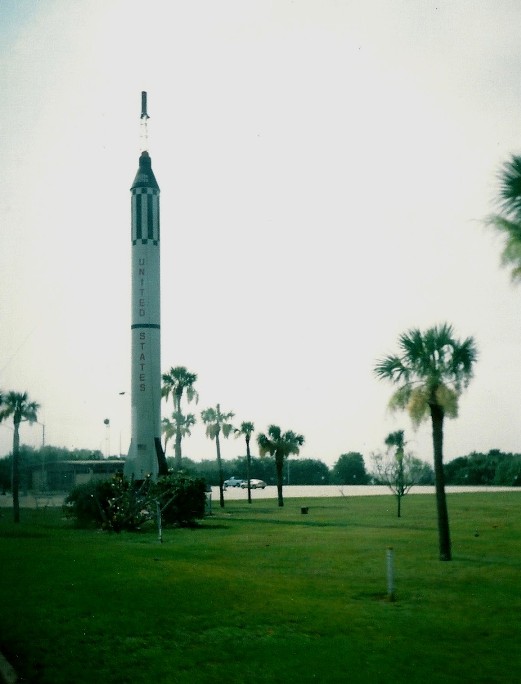
The Rocket Garden at the Kennedy Space Center.
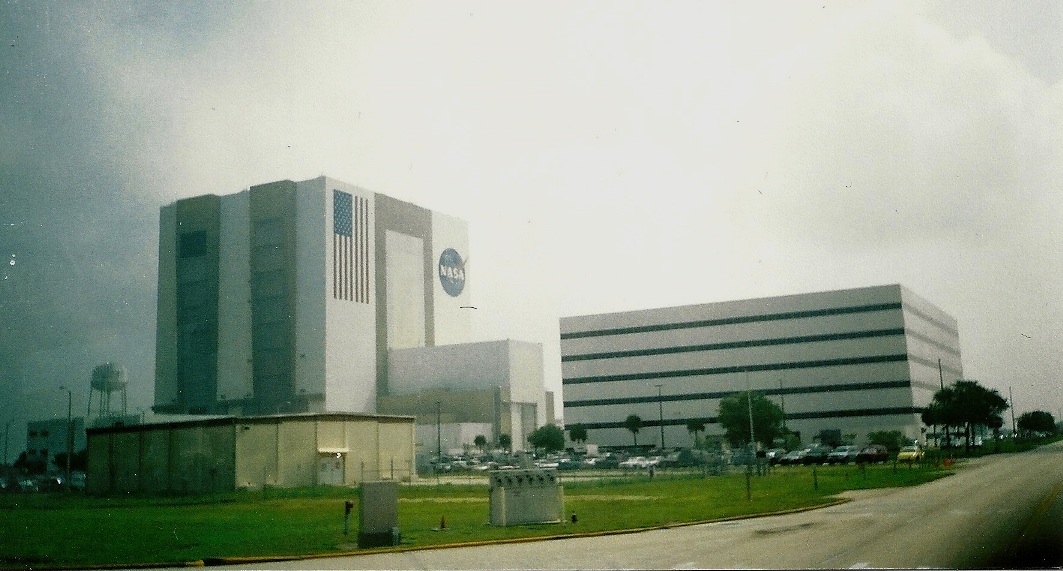 The Vehicle Assembly Building (adjacent to the Launch Control Center) at the Kennedy Space Center.
The Vehicle Assembly Building (adjacent to the Launch Control Center) at the Kennedy Space Center.
DAVID DRUMLIN: “I wish the world was a place where fair was the bottom line, where the kind of idealism you showed at the hearing was rewarded, not taken advantage of. Unfortunately, we don’t live in that world”.
ELLIE: “Funny… I always believed the world is what we make of it”.
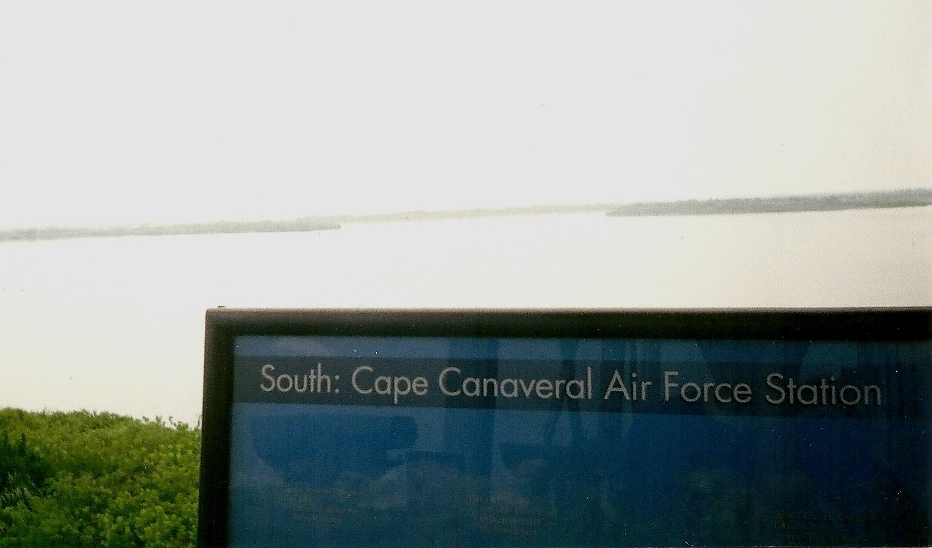 View of the Cape Canaveral from the Launch Complex (LC) 39 Observation Gantry.
View of the Cape Canaveral from the Launch Complex (LC) 39 Observation Gantry.
PALMER JOSS: “By doing this you’re willing to give your life. You’re willing to die for it. Why?”
ELLIE: “From as long as I can remember, I’ve been searching for… something… some reason why we’re here. What are we doing here? Who are we? If this is a chance to find out even just a little part of that answer, I don’t know, I think it’s worth a human life”.
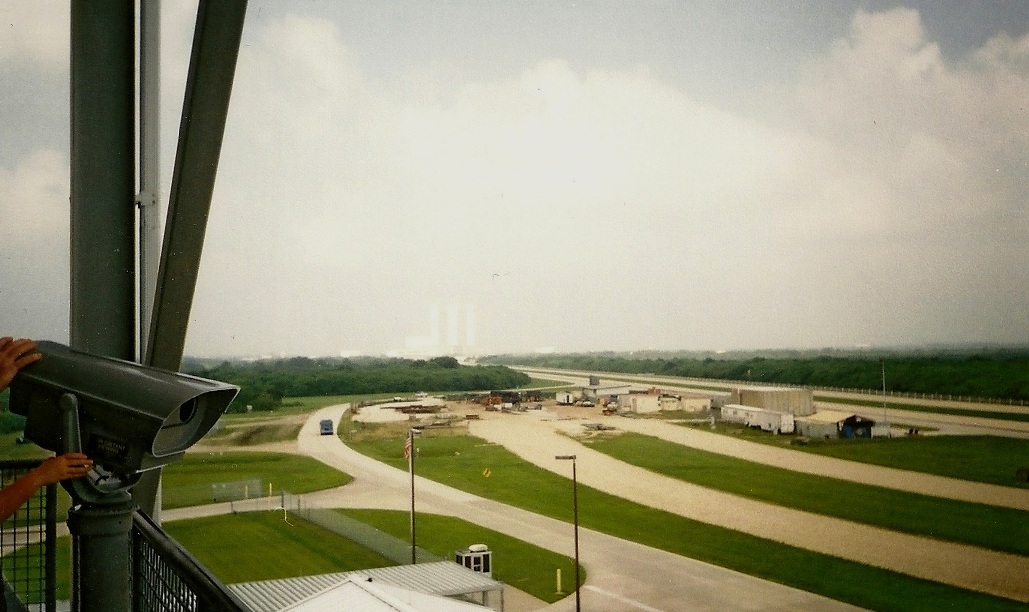 View of the Vehicle Assembly Building from the Launch Complex (LC) 39 Observation Gantry.
View of the Vehicle Assembly Building from the Launch Complex (LC) 39 Observation Gantry.
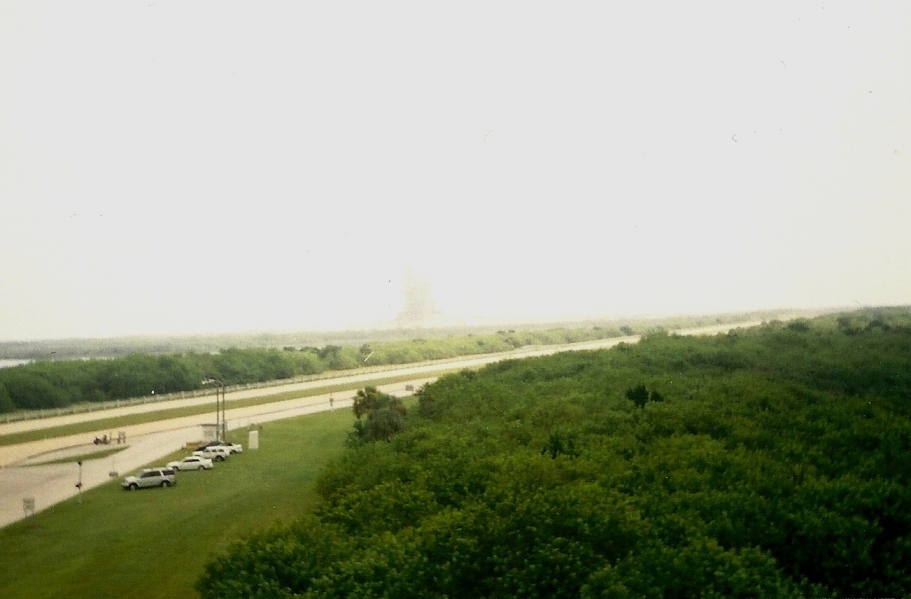 View of Launch Complex 39 Pad B from the Observation Gantry.
View of Launch Complex 39 Pad B from the Observation Gantry.
5. No Words
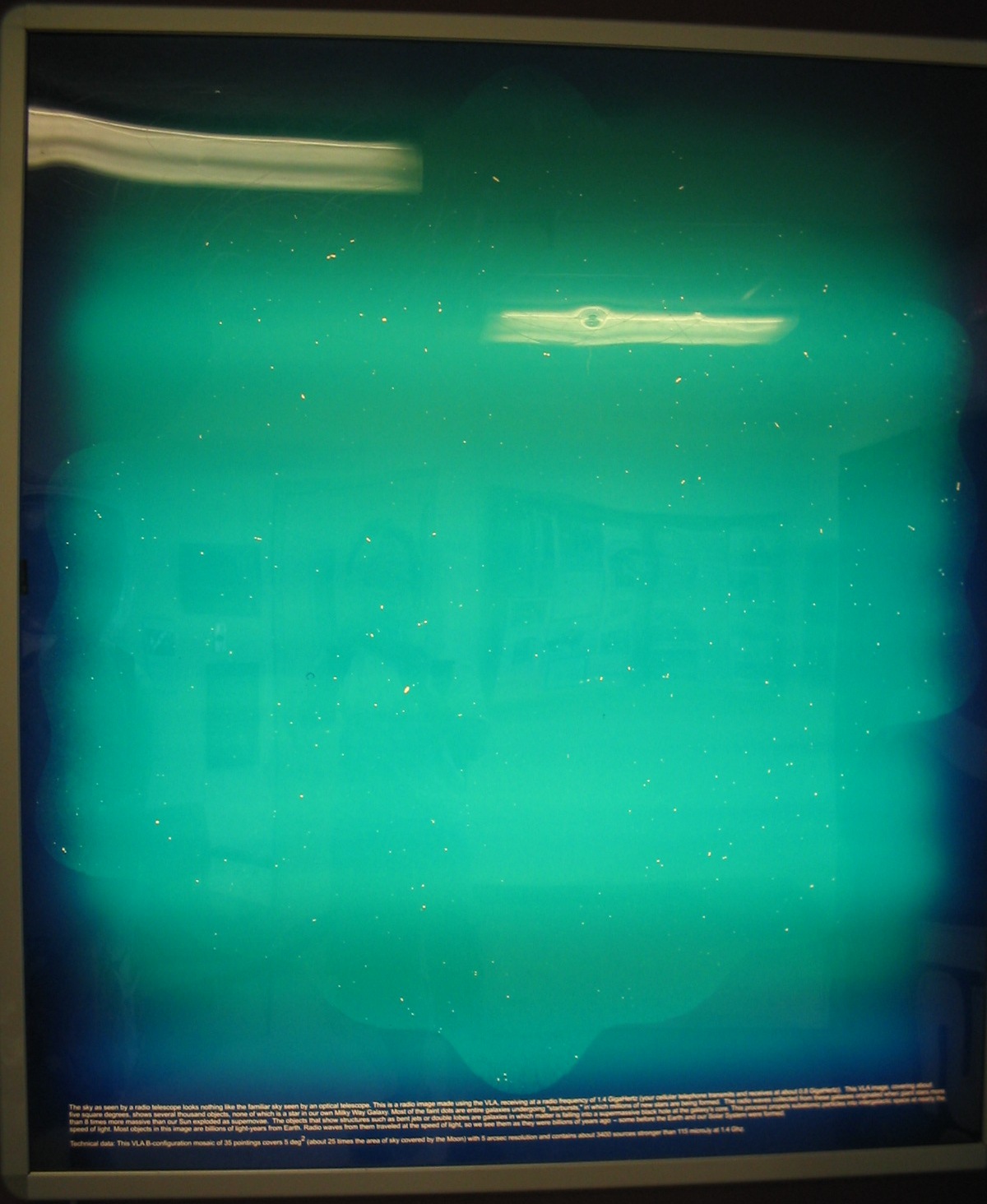 The sky as seen by the VLA radio telescope receiving at a radio frequency of 1.4 GigaHertz.
The sky as seen by the VLA radio telescope receiving at a radio frequency of 1.4 GigaHertz.
ELLIE: “No words… No words to describe it… Poetry… They should have sent a poet… It’s so beautiful… It’s so beautiful… I had no idea”.
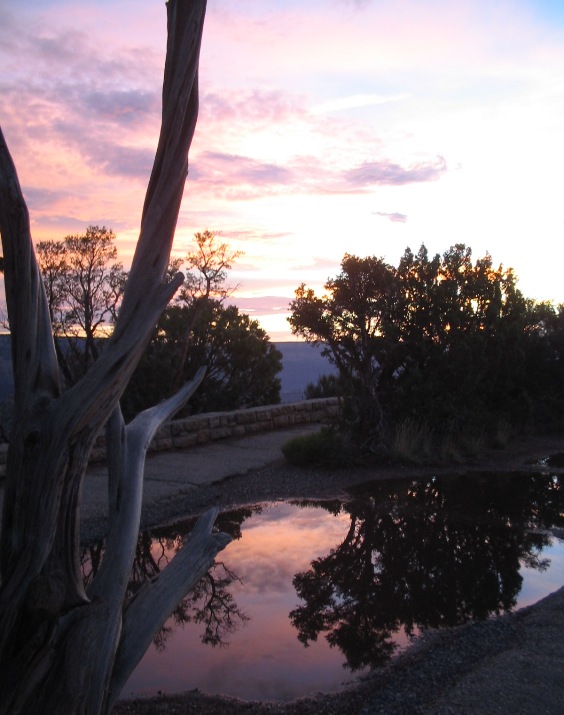
At the Grand Canyon National Park. This image was included here because the reflection of the clouds in the water reminded me of the beachfront landscape that Ellie experiences in Vega; more importantly, though, the outstanding natural beauty of this Earthly, yet surreal, landscape is an inspiring reminder of the beauty that surrounds us every day on this planet – a beauty that is part of a universal heritage yet to be discovered.
THE ALIEN: “You’re an interesting species. An interesting mix. You’re capable of such beautiful dreams and such horrible nightmares. You feel so lost, so cut-off, so alone. Only you’re not. In all our searching, the only thing we’ve found that makes the emptiness bearable is each other”.
6. A Vision of the Universe
“In the time line of our world, things have gone somewhat more slowly. We are not yet ready for the stars. But perhaps in another century or two, when the solar system is all explored, we will also have put our planet in order” [Carl Sagan, Cosmos, p. 175].
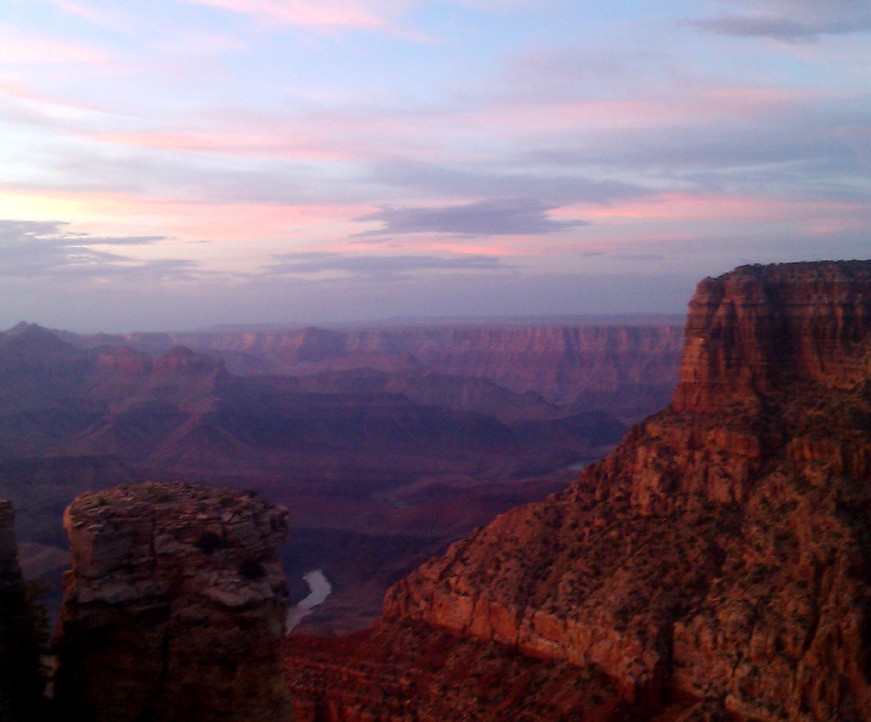 The Grand Canyon at dusk. No filming took place at the Grand Canyon itself, although several scenes were shot at the Canyon de Chelly, which is about 80 miles off the Grand Canyon National Park.
The Grand Canyon at dusk. No filming took place at the Grand Canyon itself, although several scenes were shot at the Canyon de Chelly, which is about 80 miles off the Grand Canyon National Park.
ELLIE: “I had an experience. I can’t prove it – I can’t even explain it. But everything that I know as a human being, everything that I am tells me that it was real. I was given something wonderful, something that changed me forever. A vision of the universe that tells us undeniably how tiny and insignificant and how rare and precious we all are. A vision that tells us that we belong to something that is greater than ourselves, that none of us are alone. I wish I could share that”.
Afterword: Production Stills On Location
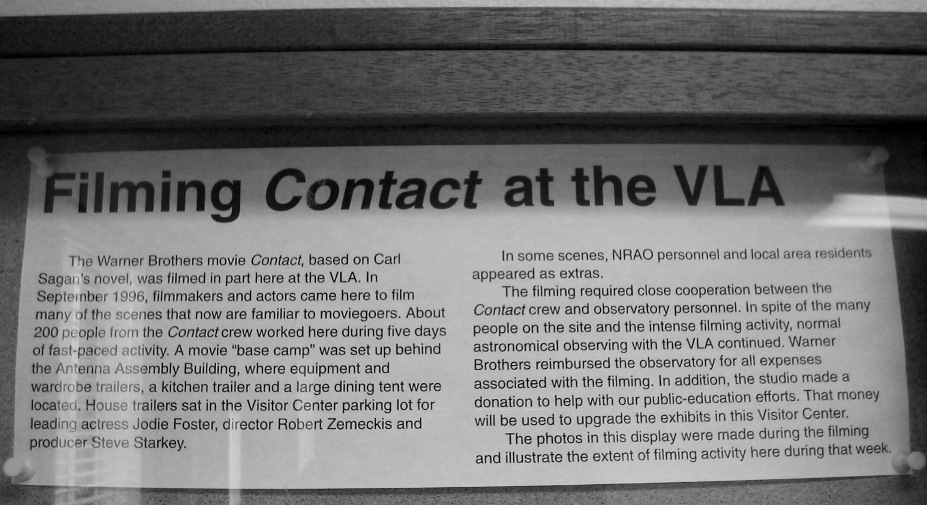 These notices and production photos are posted on the notice board of the VLA’s Visitor Center.
These notices and production photos are posted on the notice board of the VLA’s Visitor Center.
“I think it’s just really fascinating that questions are asked and there aren’t answers and they’re all valid. Everything is valid […] Our intention was to have people debate when they left the theater what really happened in their opinion […] It took a long time for these concepts of science to be accepted. And they can be compatible with spiritualism, is my belief” [Robert Zemeckis, DVD Audio commentary].
On Location
Revisiting ‘Contact’ – a Tribute to Carl Sagan
June 2013
All photos: July 2004, July 2011, June 2013 | © Roman Gerodimos
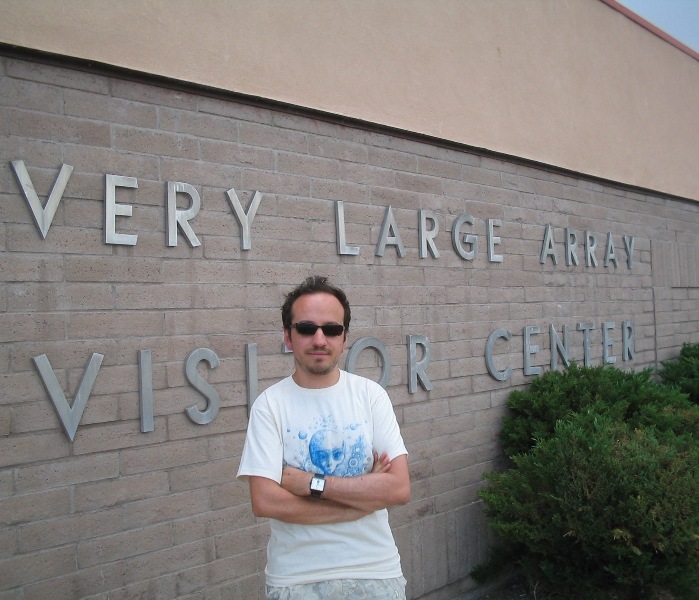
Making-of photo by Anthony Ioannidis. This was taken on July 9th, 2011, near the parking lot of the VLA Visitor Center, which hosted the house trailers for Jodie Foster, director Robert Zemeckis and producer Steve Starkey.
Recommended Reading:
Carl Sagan (1980), Cosmos, Ballantine Books
Carl Sagan (1985), Contact, Orbit
Larry Klaes (1997), Contact: Film Review, The Columbus Optical SETI Observatory (COSETI)
Thanks for visiting. I hope you enjoyed the photo-essay. This content is free, but feel free to…

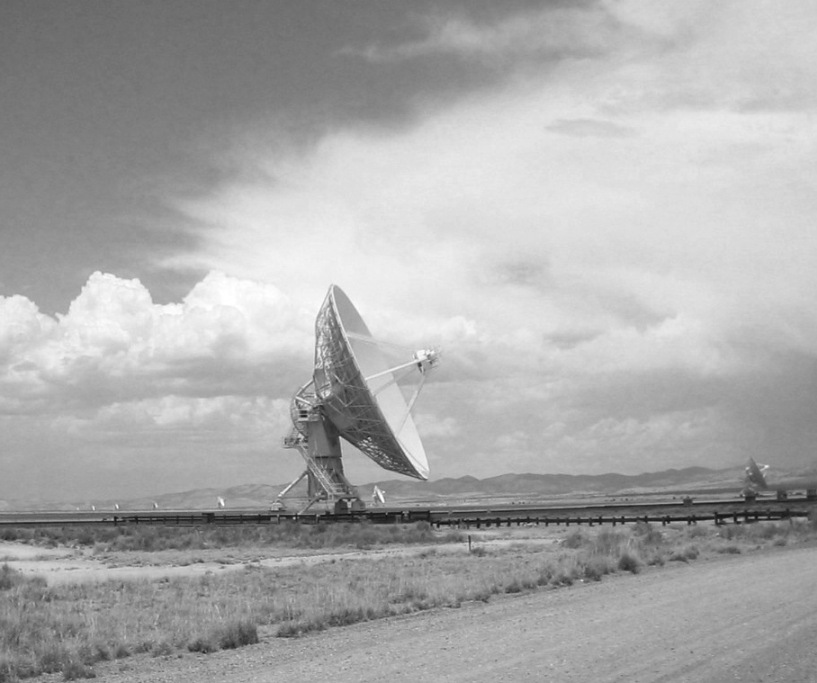
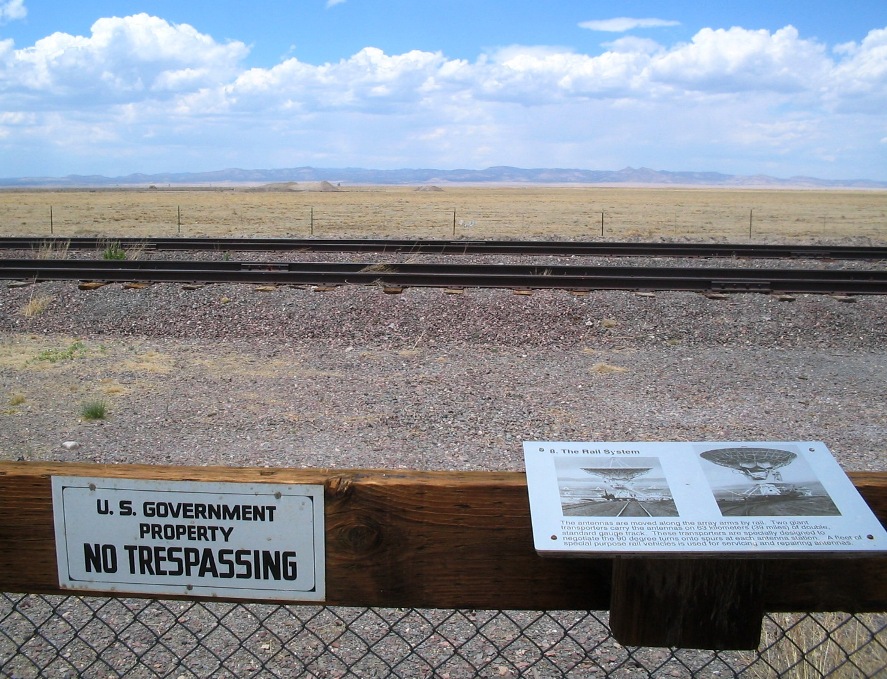
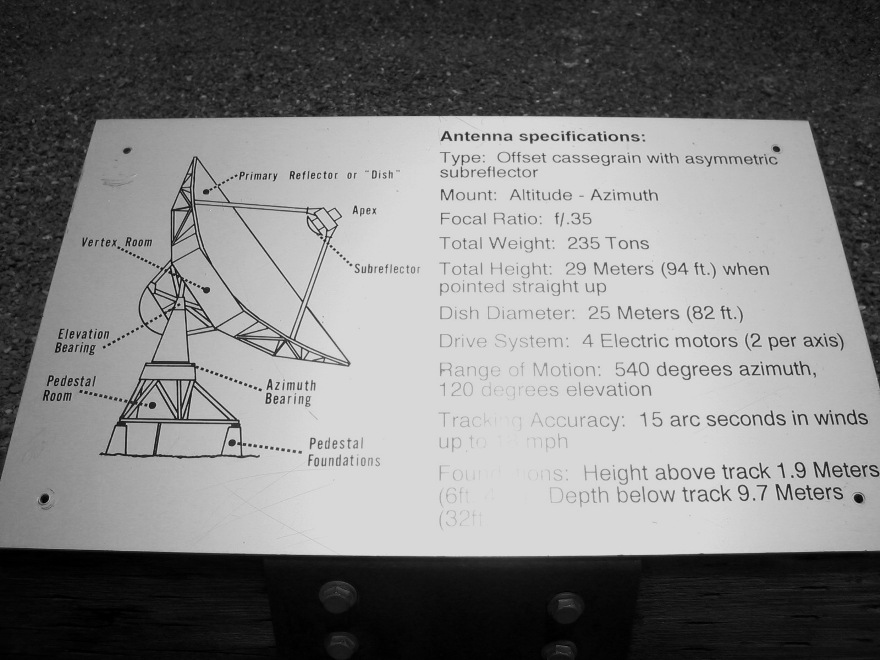
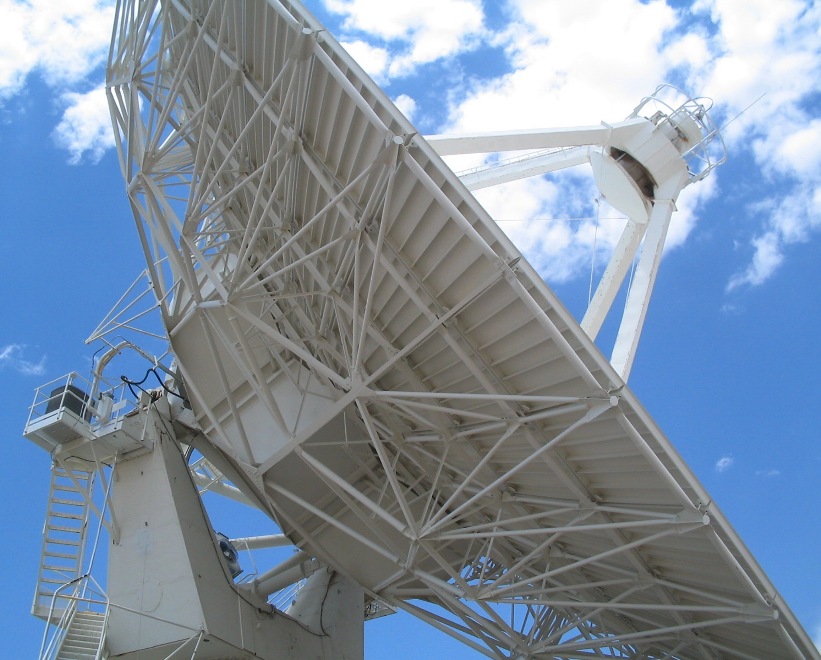
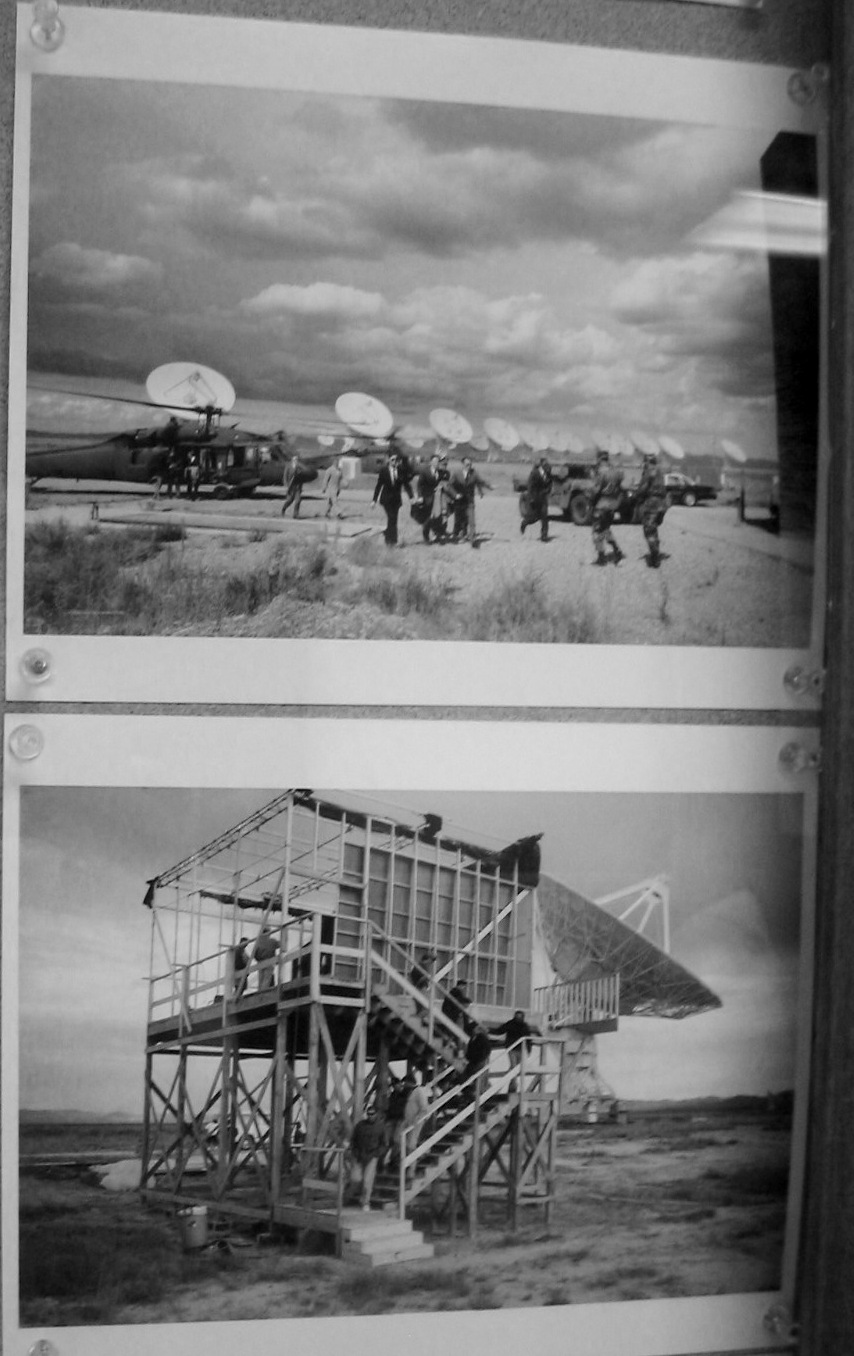
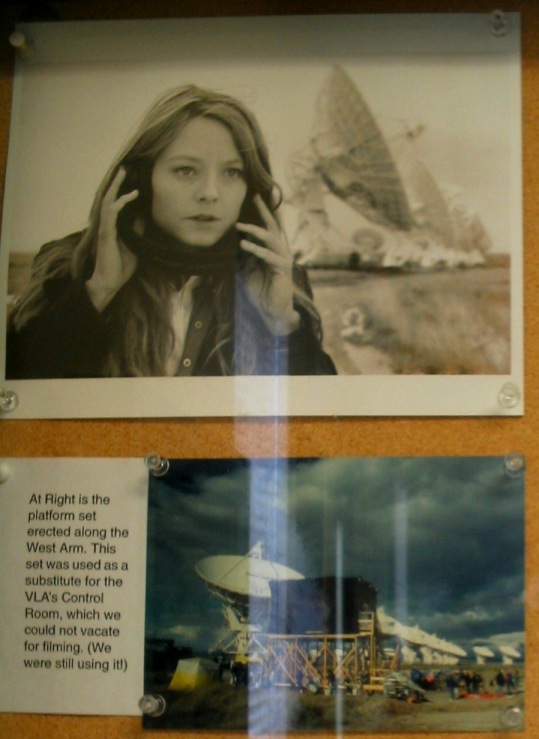
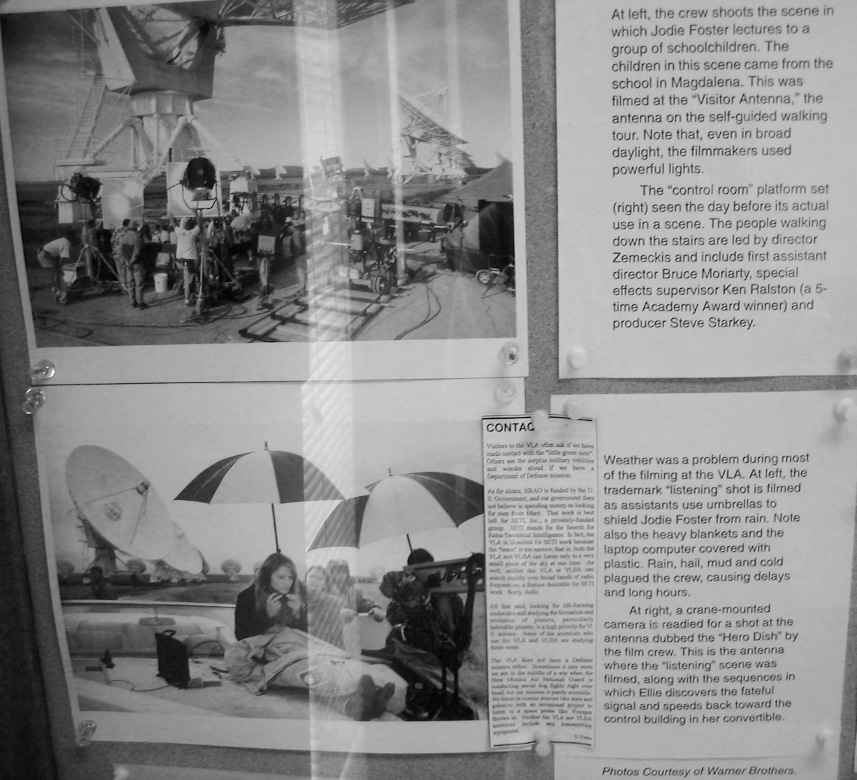
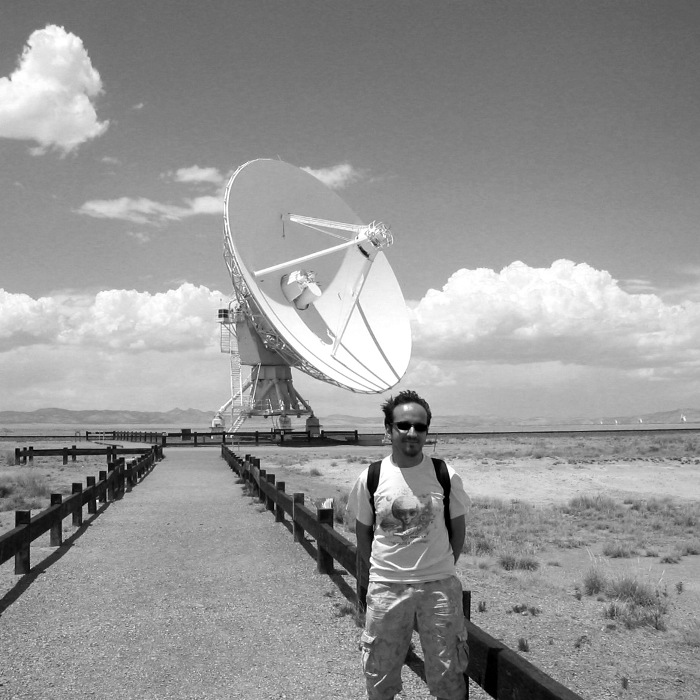
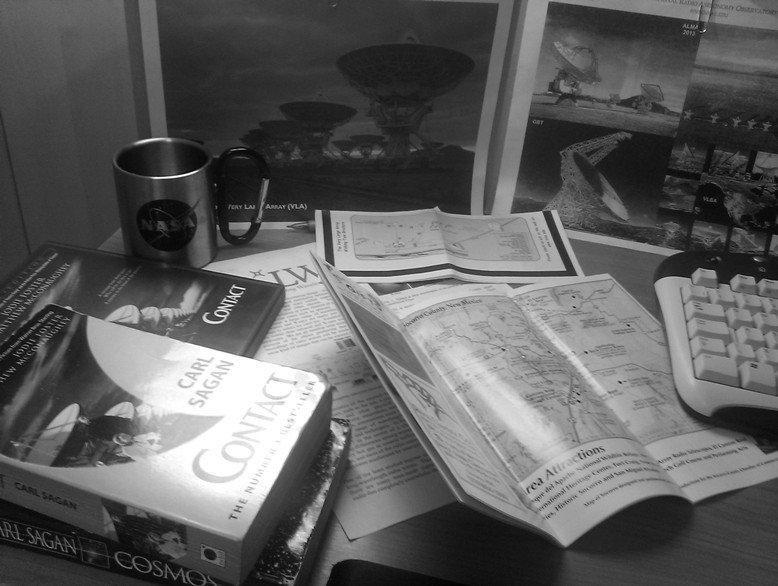
superb
🙂 thanks
Thanks for doing this. I just watched the movie and the Cosmos series again. It always inspires me to let go of the petty inconveniences found in our society and focus on the wonder of being a human. We could be so much more if only we would stop clawing at each other.
Robert
Thanks Robert, I totally agree.
Excellent piece. My favourite film as well.
Thanks for visiting, glad you liked it. Yeah, awesome film.
I know you posted this years ago, but thank you for doing this piece! I recently lived in New Mexico for about 5 years and visiting the VLA was one of the defining moments of my life. Contact is my favorite movie, and I miss living near the VLA. I so loved reading this and re-visiting both the movie and the locations. Thank you!
Ann, thanks so much for taking the time to read and leave a comment. Glad you enjoyed the photo-essay. It’s such a brilliant movie and there is something about these locations that bring us in touch with our humanity. Best wishes, Roman.
I, too, have cherished this experience we call the movie Contact. No matter how many times I’ve watched it…I still can’t keep my eyes dry when at the end the text appears on the screen….”for Carl”. In my opinion he will be missed for generations. A fine tribute Roman.
Thanks James, agree 🙂
Thank you for this thoughtful tribute to Carl Sagan, Dr. Gerodimos. Your interplay of on-location photos and dialogue from the film is wonderful. To me, ‘Contact’ has so much to it, something for everyone! That it so easily brings to mind deep questions I welcome too — especially with AI-programmed robots, machines, and other autonomous devices soon to be on our horizon. Here’s hoping an intelligent communicative civilization residing on a Pale Blue Dot stays human while avoiding its own self-destruction. h/t to the legendary astrophysicist Frank Drake (he’s 88) for the prompt. His colleagues at SETI are beaming.
Hi. I just wanted to say that this is my favorite movie. I love it. Thank you for the great post.
Thank you for sharing your experiences at the VLA and for linking to my 1997 essay on the film and novel. Sincerely, Larry Klaes
Thank you so much for your comment and for your work!